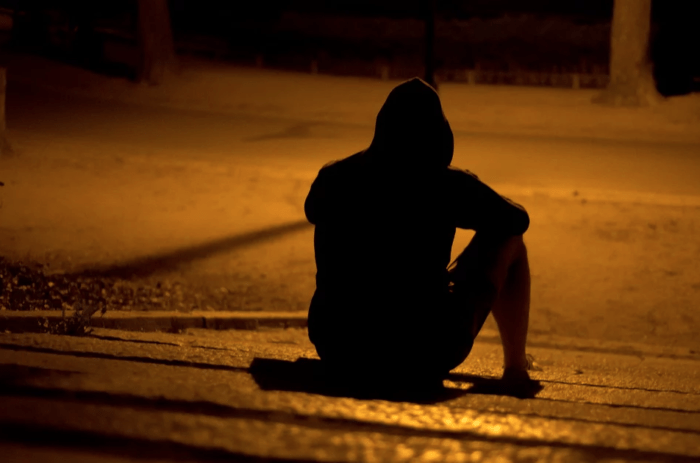The Opioid Epidemic Won’t Go Away If We Ignore It

Chances are the opioid epidemic has wreaked havoc in your home or community.
If it has hit close to home do you feel helpless in the face of this devastating epidemic? We humans tend to stick our heads in the sand when the going gets rough, hoping that whatever problem we are avoiding will disappear.
The opioid epidemic is not going to go away no matter how we try to ignore it. Those who have been left in its wake are the ones who are most likely to take some kind of action. But, we all have a responsibility to do something to help our children and loved ones avoid or turn away from the devastation of opioid abuse in order to save their lives. But how? Where do we begin?
Talking Might Help
Talking about possible solutions might be a good starting place. Discussing other methods for dealing with pain could be another. Both of these topics, as well as many others help people who have been adversely affected by the opioid crisis feel as if they are doing something. And that feels better than doing nothing.
Community Outreach
What can your community do to create greater interest in helping to solve the problem?
We need to get to the children. We need to get into the schools and speak about the crisis to the children. We have to inspire the kids to stay away from drugs and to help their friends who may have already started on the path to destruction.
Make Sure You Aren’t Contributing To The Problem
As parents we must make sure our medicine cabinets are cleared of old pain pills and other drugs that kids may be tempted to experiment with. We have to talk about this uncomfortable topic and be vigilant in looking for signs of drug use in our kids. Making kids angry is far better than watching them die. So, don’t be afraid to talk about drug use with them.
Nothing can compensate for the loss of a child or other loved one. This epidemic affects all ages, socioeconomic classes, races and religions. Opioid Use Disorder is rampant throughout the country and among high functioning professionals.
The Same Thing Happened 100 Years Ago
Back in the 1890’s, Bayer, the aspirin maker marketed heroin in the same way opioids have been marketed in the current opioid epidemic. “Bayer targeted physicians, which led to hundreds of favorable clinical papers, “a form of advertising that would be reprinted in myriad newspapers and magazines. The Boston Medical and Surgical Journal gushed: “Heroin possesses many advantages. It’s not hypnotic and there’s no danger of acquiring a habit.””
Sounds very familiar. The sad truth is that there are many co-conspirators who are not facing the burden of responsibility for the current epidemic. I’m talking about the physicians as well as the regulators who failed to do their duty and protect the public.
Let’s Keep Talking
If we talk about it enough, maybe the regulators will get the message and do their job instead of lining their pockets while so many innocent people die. If you, or someone you love is dependent or addicted to opioid drugs, please seek help before it’s too late. If you would like to learn more about the Opioid Crisis as it relates to awareness, prevention and treatment or schedule a corporate or organization seminar contact us at DrJohnRosa.com. Here you will learn how to connect you, your company or organization with the leading experts on the crisis and how to help your community stay safe.









